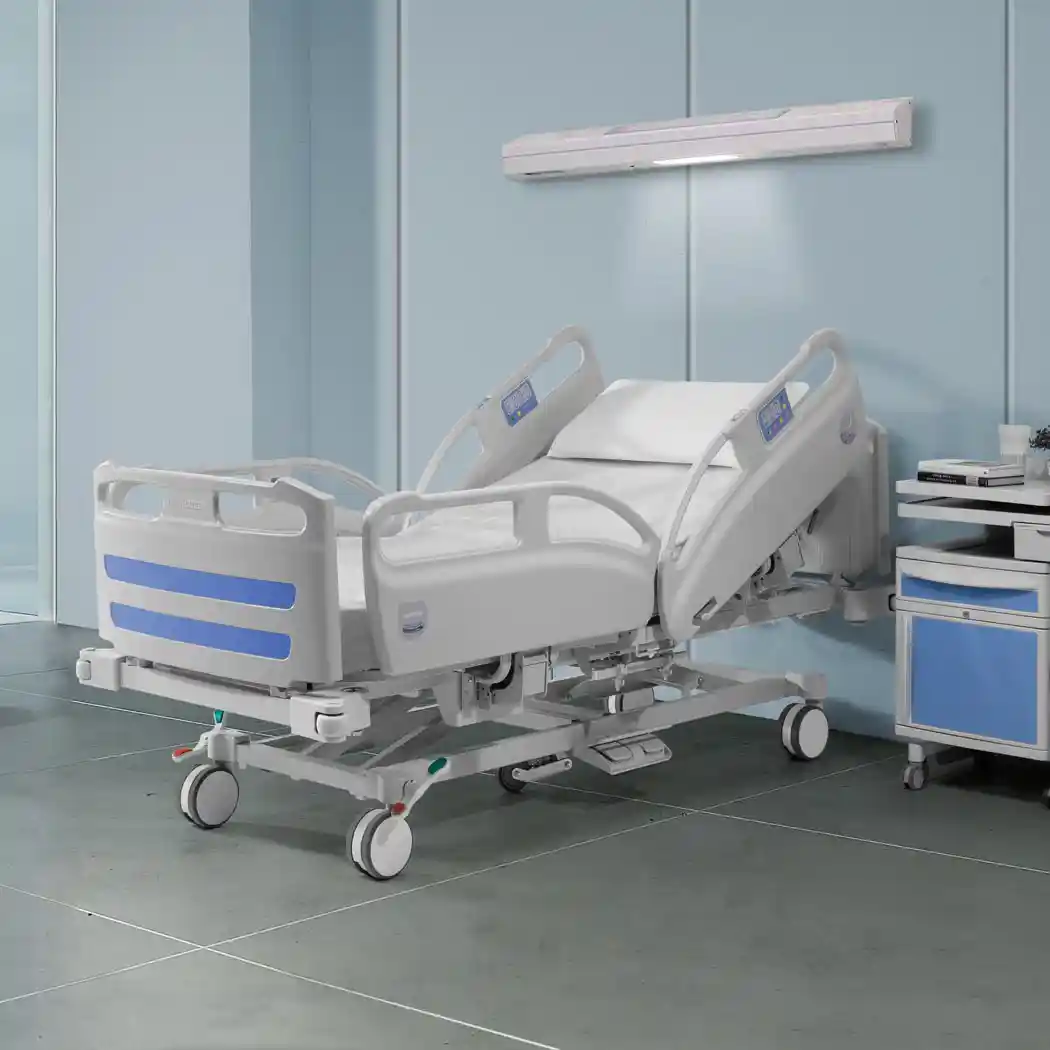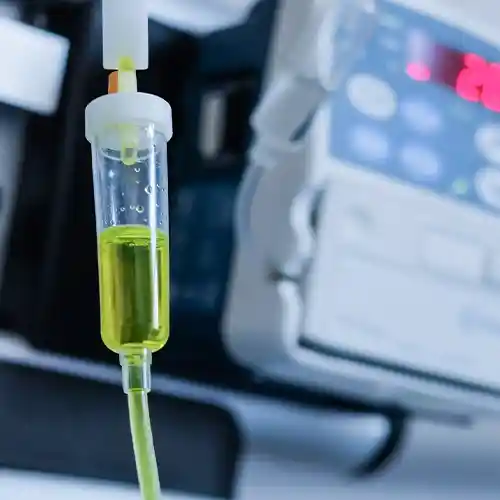Everything you need to know about grooved pins

Why do some pins have grooves?
Some of the main types of pins include smooth pins, ground pins and grooved pins, among others.
These pins serve several purposes:
- Fixing one part in relation to another: solidarity
- Positioning one part in relation to another
- Acting as an axis within an assembly: turnover
- Providing for security in an assembly
There can be one, two, three or six grooves on a grooved pin.
Generally there are three 120° grooves for one simple reason - to equally distribute forces across the whole assembly. These three supports allow for something called isostatic support. The part can then function without excessive stress and forces can be transmitted along the assembly.
Did you know?
When there are two bearing supports, the hold is said to be hypostatic.
When there are four supports, it is considered to be a hyperstatic hold since one support does less work than the others. This is also why there is always one leg on a four-legged chair that makes the chair unstable!
With grooves, their main purpose is that they can be adjusted into an assembly. When the pin enters a hole, the grooves clench up partially and the metal "flows" between them to make for a perfect fit between the part and the hole. This means that the tightening process is said to be elastic and not simply "seizing".

How are grooved pins made?
There are several techniques and several machines used for manufacturing grooved pins.
First, a specialised machine takes on the task of shaping the pin. This is done with an iron bar onto the desired material (steel, stainless steel, brass, aluminium, etc.):
- The bar enters the machine
- The machine cuts the bar to the required dimensions
- The part is cleaned and oiled to ease friction between the part and the machine
Depending on the desired part, chamfers or other specificities can be added using other specialised machines. The part can also undergo surface treatment should the client so wish.
The grooves are made using LGC's made-to-measure grooving machine. The parts are placed in the grooving station by hand or by a robot.
When this stage is automated, the machine takes the part and places it in the centre of the machine. Tools then bend the pin very precisely in order to form grooves (usually cold bending is used).
Did you know?
When the pin puts pressure onto the receiving part, the diameter of the pin increases at the edge of the grooves. This technical characteristic is known as the "bulge diameter".
There are two types of tools used in grooving:
- Nails: used in “striking” grooving machines. The part remains still during the grooving process. The length of the groove depends on the width of the tool.
- Dies: used in "press" grooving machines. The part can be still or moving during the grooving process. The length of the groove can vary.
What are some example applications for pins?
You may be surprised by how often pins are used in everyday objects.
First of all, pins can be found in all petrol and diesel car engines and, more recently, in electric and hybrid motors to fasten assemblies.
In cars, they are also used in:
- the gearbox
- doors
- the steering column
- the fuel cap
- the armrests
- the window mechanism
- the glove compartment
Moreover, pins are increasingly used in electric cars - be it in the brake system, for fastening the batteries, or charging stations.
They can also be seen in non-automotive applications such, e.g. in other types of engines, in removable handles and in fire extinguishers.
Pins can be used in all sorts of assemblies requiring fastening, securing or positioning.

In summary
Grooved pins are found in many objects all around us. Should you need advice on choosing pins suited to your products, you can contact our specialists, who will help you choose the ideal pin for your needs.
At LGC Industries, we put a particular emphasis on co-design and eco-design with our partners.
Our design department and fleet of specialised machines allow us to meet even the most specific requirements. Our multidisciplinary team supports customers in all their considerations and throughout the manufacturing process.
The retrofitting of our machine fleet as well as the continuous improvement of our means of production benefit from our design department's expert know-how. With 3D printing and new software developments, we can easily produce low-stress complex parts and reduce heavy metal waste, in line with LGC Industries' lean manufacturing strategy.
Contact us to find the perfect fasteners for your needs.





.svg)
.svg)